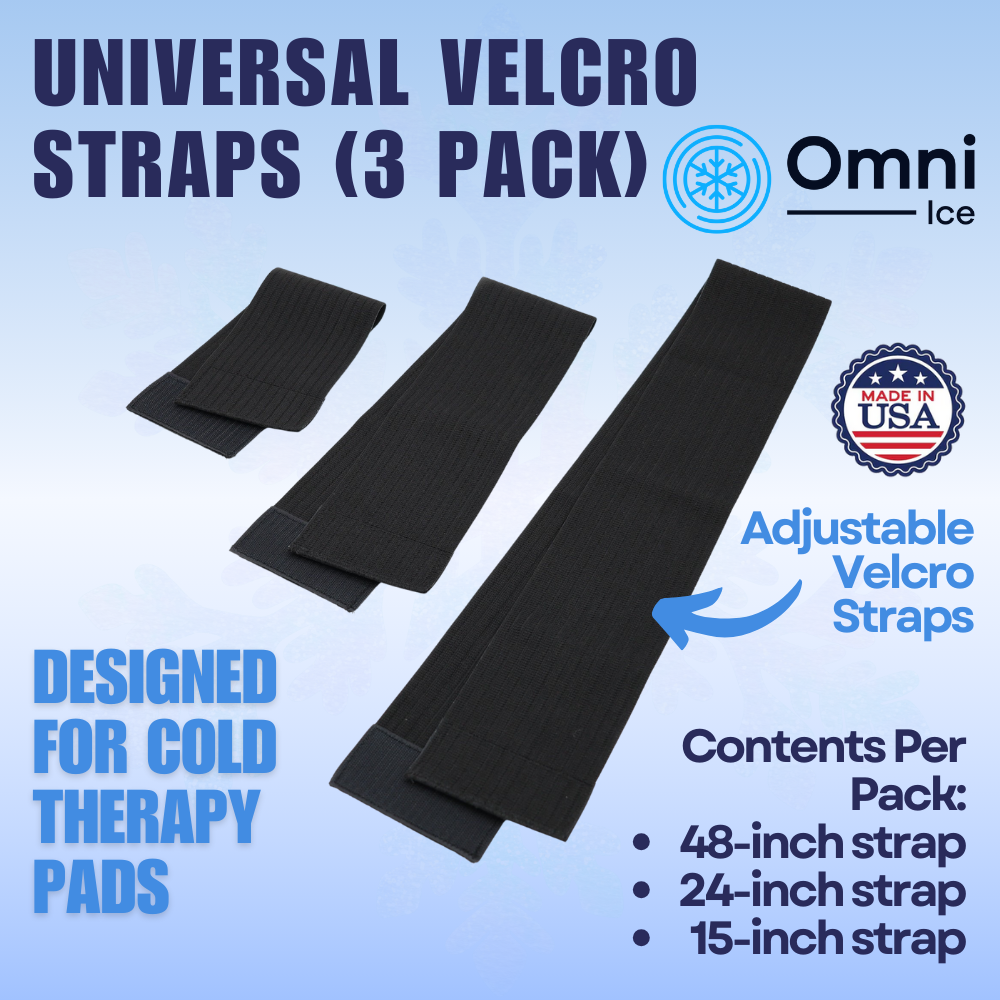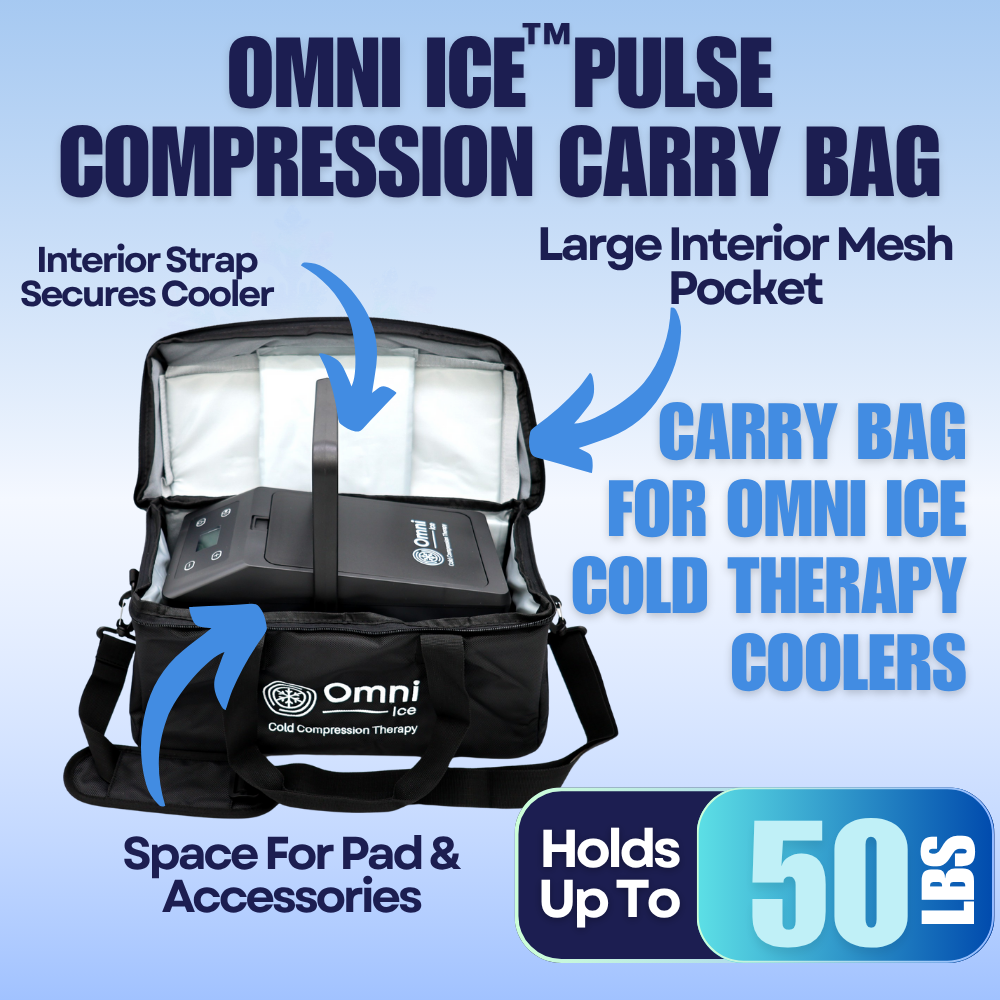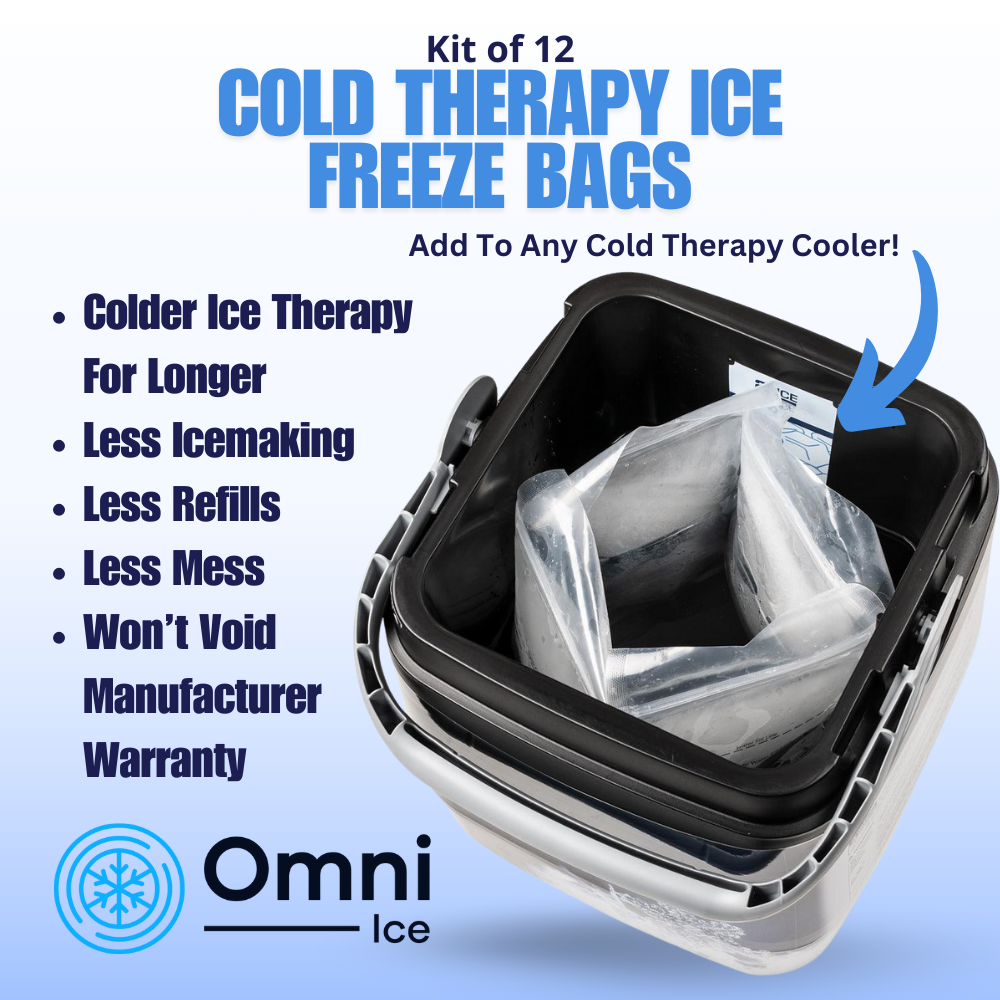Discipline is Key to Cold Therapy Success
Cold therapy is one of the oldest treatments for soft tissue injuries in the world. Initially, people placed ice packs on the injured area to reduce swelling and pain. But this method is slowly being overtaken by cryotherapy machines that use liquid nitrogen instead of ice. However, both treatment methods have proved to reduce inflammation and pain and promote faster healing effectively.
But if you are using this treatment method at home without the guidance of a qualified medical doctor, you need to understand that discipline is key to the success of your cold therapy. Continue reading to learn more about the steps you need to follow when applying cold therapy.
How to Apply Cold Therapy

First of all, you need to understand that although cold therapy helps ease pain and enhance healing, it can also damage your skin if you don’t take precautions. Placing cold nitrogen gas, ice, or frozen items directly on your skin can lead to frostbite. Therefore, you should insulate your skin with a pad or piece of cloth to protect it from the direct cold.
You also need to be careful about the length of time you expose your skin to cold temperatures. This is important, especially when using an ice pack or frozen gel pack, because it doesn’t have a self-timer. Therefore, make sure the ice or gel pack doesn’t stay on your skin for more than 20 minutes. Besides, you should keep checking your skin for sensation to ensure that your tissues are not damaged.
If you don’t feel any sensation on your skin, stop applying cold temperatures immediately. You should also avoid cold therapy if you have certain medical conditions, such as diabetes and heart complications. The good thing about contemporary cryotherapy machines is that they allow you to set the correct temperatures and time not to overexpose your skin to cold temperatures. Once the set duration is over, the machine just switches itself off automatically.
Depending on the severity of the injury, you need to combine cold therapy with other pain management methods, such as R.I.C.E. This is an abbreviation for Rest, Ice, Compression, and Elevation. Therefore, take a break from rigorous physical activities to allow your body to heal and keep the injured part compressed by wrapping it with a bandage to minimize swelling. Elevating the injured part above your heart helps to reduce swelling by allowing body fluids to drain away from the injury.









